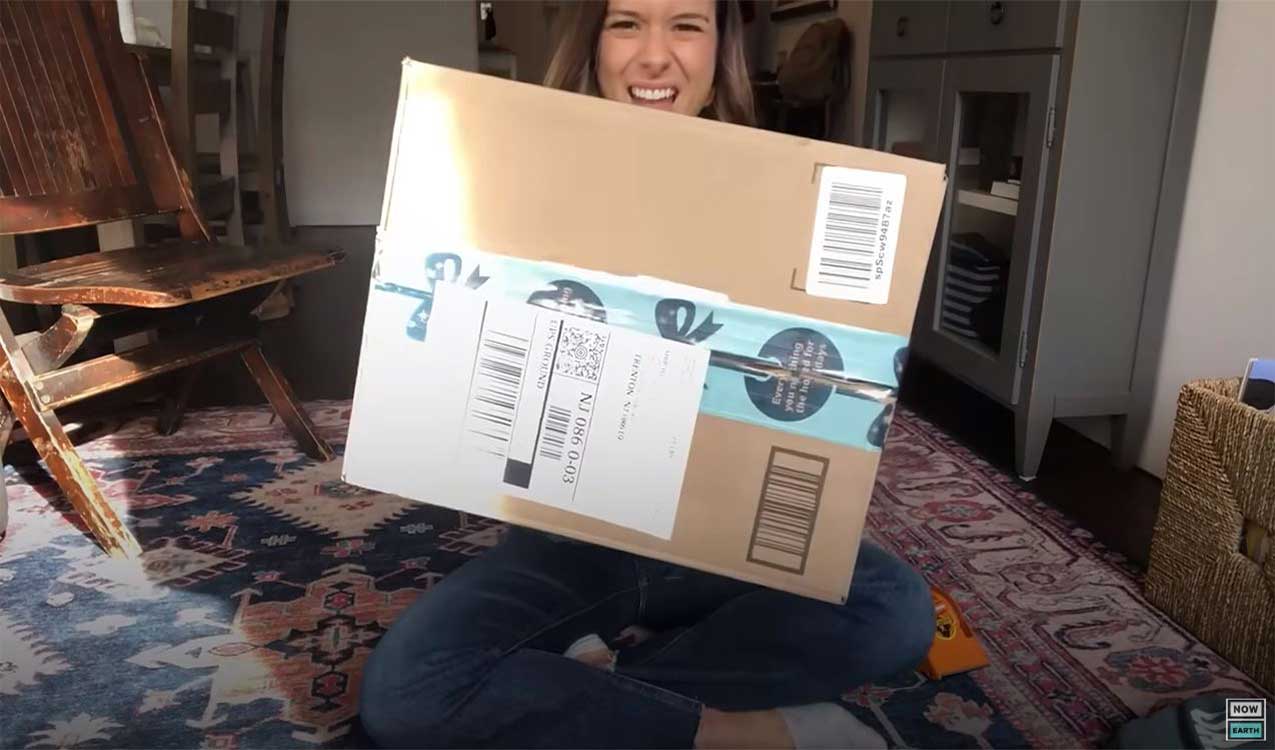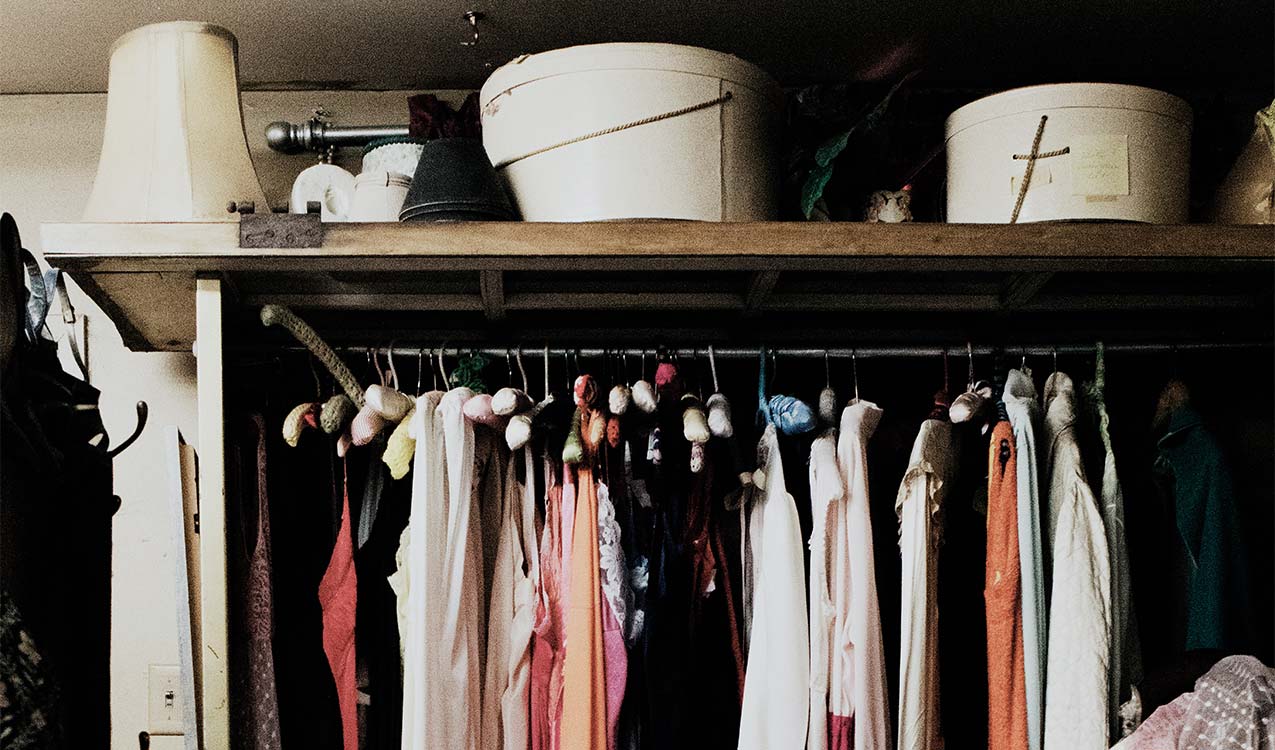In our fast-paced world filled with rapid fashion changes and transient trends, our wardrobes can quickly overflow with old clothes. What’s even more concerning is how our disposal habits contribute to the growing problem of textile waste, posing significant environmental threats. It’s clear that we need to explore how to recycle old clothes to lessen our consumption footprint and address this pressing issue.

Guide to Clothing Recycling: Eco-Friendly & Profitable Methods
Last week, we were deeply engrossed by Lucy Biggers’ enlightening episode about what to do with unwanted clothes on her show, “One Small Step.” Her mission to navigate the responsible disposal and potential reuse of old clothes resonated strongly with our day-to-day work at The Personal Helpers; where we guide clients in decluttering their spaces and making informed decisions about their possessions. So, we decided to produce a comprehensive walkthrough on how you can recycle your old clothes.
In the midst of e-commerce dominance and fast fashion trends, there lies an often overlooked opportunity: the recycling and repurposing of old clothes. The Environmental Protection Agency reported that in 2018, 17 million tons of textile waste ended up in landfills, a figure that has been growing steadily.
But what if you could reduce your environmental footprint, declutter your space, assist those in need, and even make a profit, all while giving your old clothes a new lease on life? This comprehensive guide will help you achieve just that, exploring the whys and hows of recycling and repurposing clothes, the hidden value in your wardrobe, and how to turn your sustainable efforts into profitable ventures.
As we seek to navigate a path towards a more sustainable lifestyle, understanding how to manage the lifecycle of our garments becomes paramount. Read on to uncover how to transform your wardrobe clutter into an eco-friendly initiative, an act of charity, or even a source of income, all while supporting the larger movement towards sustainable living.

Understanding the Impact
Before diving into the practical how-tos, it’s crucial to grasp why recycling and repurposing clothes matter so much. The environmental and social impact of our clothing choices stretches far beyond our individual wardrobes.
Environmental Consequences of Textile Waste
Textile production is resource-intensive, consuming vast quantities of water and energy. For instance, it takes approximately 2,700 liters of water to produce a single cotton t-shirt, equivalent to a person’s drinking needs for 2.5 years. Additionally, synthetic fabrics like polyester contribute to microplastic pollution, shedding tiny particles with each wash that eventually enter waterways.
When we discard clothes, these environmental costs multiply. Landfilling not only squanders the resources invested in these garments, but it also compounds the issue as synthetic fabrics take hundreds of years to decompose. Incinerating used clothes, on the other hand, releases harmful greenhouse gases. By recycling or repurposing clothes, we mitigate these environmental impacts, saving resources, and curbing pollution.
Social Impact of Clothing Waste
Beyond environmental ramifications, our clothing habits have profound social implications. Fast fashion’s relentless demand for cheap garments often leads to exploitative labor practices in manufacturing countries. When we mindlessly discard clothes or continually chase the newest trends, we implicitly support these unsustainable cycles.
Conversely, by consciously recycling, donating, or selling our used clothes, we can extend their lifespan, reduce demand for new products, and support vulnerable communities. For example, organizations like Goodwill and The Salvation Army sell donated clothes to fund programs for job training, community building, and poverty alleviation. Resale platforms like thredUP or Poshmark allow individuals to profit from their preloved items, promoting a circular economy where clothes have more than one life.
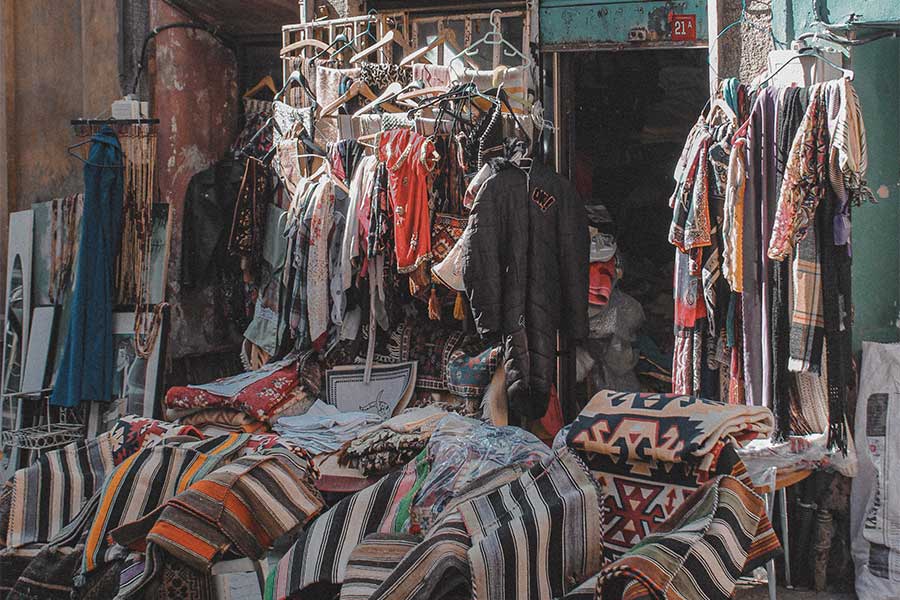
The How-To Guide: Practical Ways to Recycle Old Clothes
Having understood the ‘why’ behind clothing recycling, it’s time to delve into the ‘how’. Here are several methods, each suited to different types of garments and individual circumstances.
Donating
Donating is an excellent way to declutter your wardrobe while supporting charitable causes. Many organizations welcome used clothing and either distribute it directly to those in need or sell it to fund their programs.
- General Donations: Outlets like Goodwill, The Salvation Army, and American Red Cross accept a wide variety of items. Most have convenient drop-off points or pick-up services.
- Specialized Donations: Some organizations focus on specific types of clothing. For instance, Dress for Success accepts women’s professional attire to empower women entering the workforce. Soles4Souls collects shoes and distributes them globally to individuals in need.
Before donating, ensure your items are clean and in decent condition. Damaged or soiled garments may be more of a burden than a help.
Selling or Swapping
If your clothes are in good condition but no longer serve you, consider selling or swapping them. This is not only a great way to earn a bit of money or refresh your wardrobe without buying new items, but it also extends the garments’ life.
- Online Resale Platforms: Websites like Depop, thredUP, Poshmark, and eBay provide platforms to sell your used clothes. Each site has its quirks and user demographics, so choose the one that best matches your clothing style and selling preferences.
- Clothing Swaps: Organize or join a clothing swap among friends, your local community, or online groups. This is a fun and communal way to refresh your wardrobe without spending much (if any) money.
- Consignment Stores: For high-end or designer items, consignment stores can be a good option. Check out local stores or online options like The RealReal.
Recycling
Not all clothes are suitable for donation or sale. Perhaps they’re too worn, stained, or out of style. That’s where recycling comes in, giving new life to textiles that can’t be reused in their current form.
- Municipal or Retail Programs: Many municipalities now offer textile recycling programs, which you can locate via your local waste management website. Retailers like H&M and Zara also provide clothing recycling bins in their stores.
- Specialized Recycling Services: Some companies focus on recycling textiles into new products. For instance, TerraCycle offers a Zero Waste Box for textiles and shoes.
Please note, recycling should be a last resort after exhausting the possibilities for reuse. The process often requires significant energy, and not all materials are recyclable.
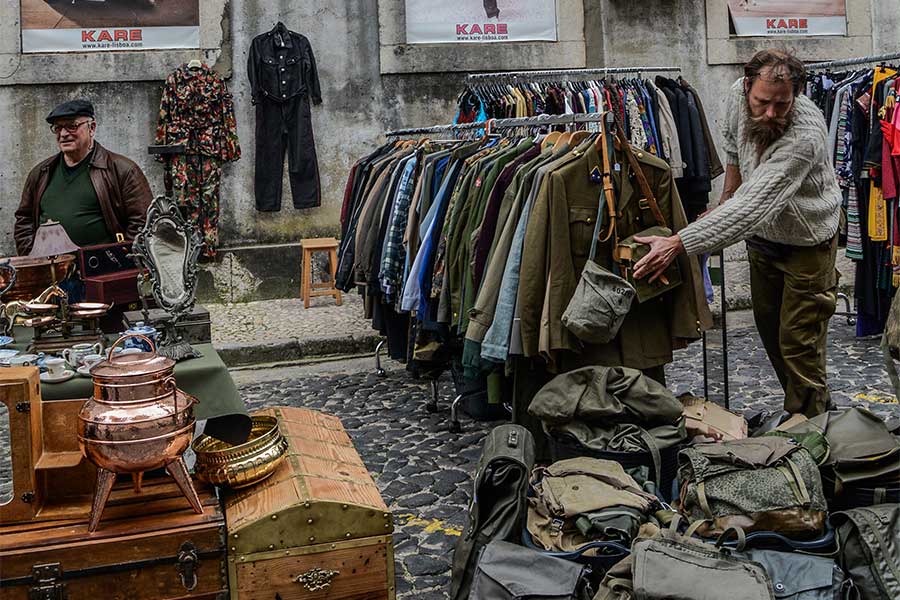
Profitable Recycling Methods: Turn Your Old Clothes into Cash
Making money from your old clothes isn’t just about selling them directly; there are numerous innovative ways to profit from used garments. Here’s how you can turn your closet clear-out into a cash-making venture:
- Upcycling: Transform your old clothes into something new and sellable. Websites like Etsy are a popular platform for selling upcycled products. Many tutorials online, such as this one from Mollie Makes, can guide you in upcycling projects.
- Crafting: Use old fabrics to create crafts, like rugs, quilts, or bags. You can sell these online, at craft fairs, or in local shops. Websites like CraftGossip can provide inspiration and tutorials.
- Vintage Selling: Vintage clothing can be highly sought after. If you have old, high-quality garments, consider selling them on a vintage clothing platform like ASOS Marketplace.
- Rental: If you have special occasion wear that’s seldom used, consider renting it out on platforms such as Rent the Runway.

The Impact: How Your Actions Benefit Others
Recycling your old clothes isn’t just beneficial for you and the environment – it can have profound impacts on others too.
- Supporting Charitable Causes: When you donate clothes, you’re supporting charitable programs. Many charities sell donated garments to fund projects, while others distribute clothes directly to those in need.
- Empowering Communities: Some clothing recycling organizations work in developing regions, providing jobs and skills training for local communities. An example is The Renewal Workshop, which repairs and resells garments, contributing to local economic development.
- Fueling Circular Economy: Your actions contribute to the ‘circular economy,’ a sustainable business model that aims to keep resources in use for as long as possible. This system creates jobs, reduces waste, and can drive innovation in recycling technologies. Read more about the circular economy at The Ellen MacArthur Foundation.
- Reducing Fashion Inequality: By donating, selling, or swapping your clothes, you help make fashion more accessible. Not everyone can afford new, high-quality garments. Second-hand markets can help bridge this fashion inequality gap.
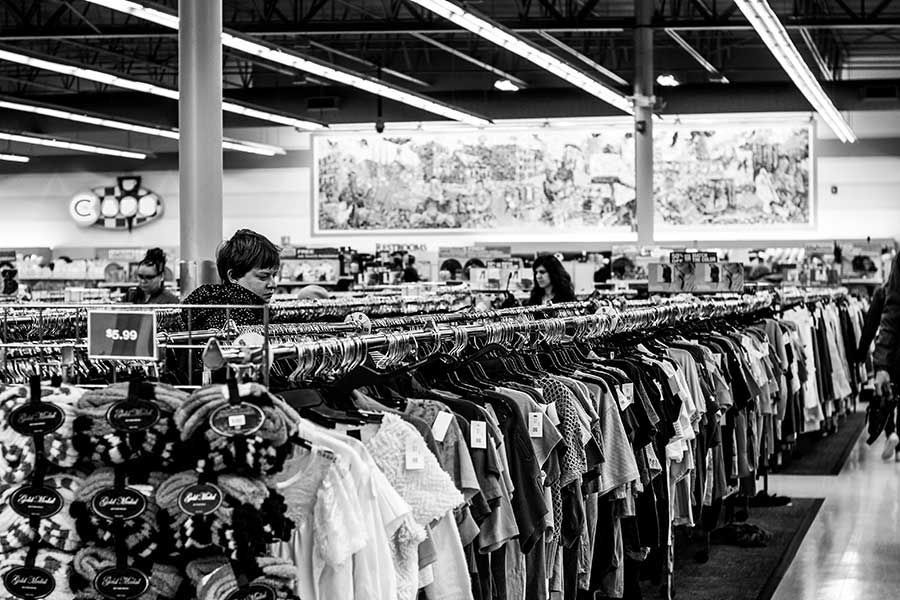
Start Recycling Your Old Clothes Today
Knowing the importance and the ways to recycle old clothes, it’s time to take action. Here’s a simple plan to get you started:
- Audit Your Wardrobe: Go through your clothes. Ask yourself: Do I wear this? Does it fit? Is it in good condition?
- Categorize Your Clothes: Divide your clothes into sell, donate, swap, recycle, or trash based on their condition and your personal preferences.
- Choose the Right Outlets: Based on the categories, decide where to sell, donate, or recycle your clothes. Use the resources and links provided in this article to find the best outlets for your needs.
- Make It a Habit: Clothes recycling isn’t a one-time activity. Make it a habit to regularly audit your wardrobe and recycle old clothes.
By taking these steps, you’ll not only declutter your home but also make a positive impact on the environment, support worthy causes, and even earn some extra cash. Start your clothes recycling journey today!
Interested in working with us?

